Radon: The Radioactivity Decay Pathway
Below is a detailed chart showing the radioactivity pathway to radon from the original U-238 atom. Also shown are the different types of radiation:
Alpha Radiation – (from Radon-222 as an example) high energy helium nuclei (almost no penetrating power, but does a great deal of damage at close range to cells and DNA – will not penetrate outer layer of skin, but can cause direct harm to epithelial cells in the lungs if inhaled) It causes approximately 5 X the damage of gamma Radiation or X-Rays.
Beta Radiation – high energy electron (much lighter than an alpha particle but it has a greater penetration)
Gamma Radiation – high energy photon (essentially without mass but has a high penetration factor through shielding)
If you follow the diagram below, the radioactive decay of Radon-222 to Lead-210 results in the emission of 3 alpha particles, 2 beta particles and a discrete amount of gamma radiation. (the nature of which is an electromagnetic wave, not a particle) Because radon decay products (RDPs) are electrically charged particles, they readily adhere to suspended dust particles (which can be inhaled) or other surfaces in a phenomena known as “plate-out”. Either pure RDPs or the particles they are attached to can be inhaled.




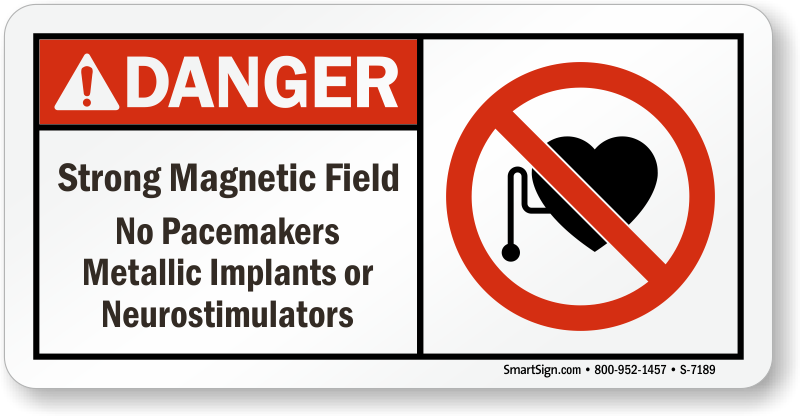










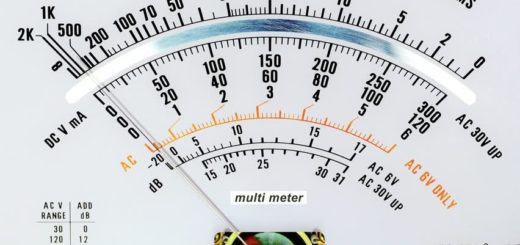





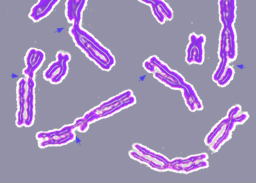
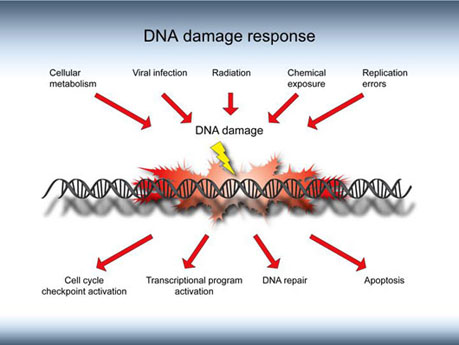















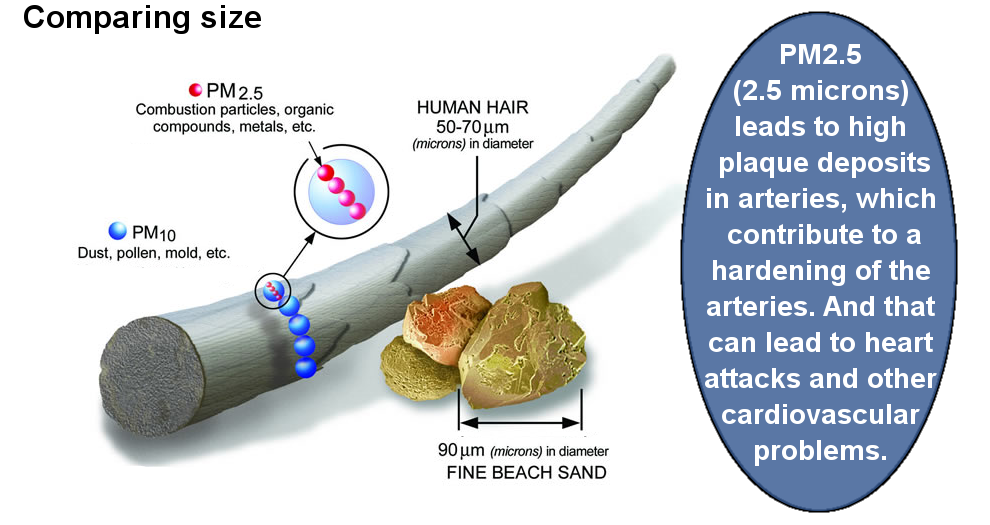



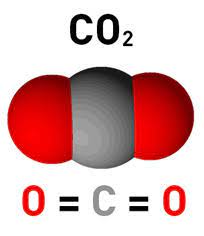



Dear Sir/Madam,
I wish to use your “Penetration and of Alpha, Beta and Gamma Radiation” figure in a journal article and need your permission to publish the figure.
The journal is “The APPEA journal and conference proceedings 2020” (APPEA = Australian Production and Exploration Association) and the figure citation provided is as follows:
ScanTech Environmental and Biomedical Testing. (2014). Radon: The Radioactivity Decay Pathway. Accessed 15th September, http://radontestingdallas.com/tag/radiation- testing/.
Thanks
Assoc. Prof. Stuart Higgins
Dr. Higgins,
Thank you for your request, but as far as I can tell it is in the public domain.
JAG of ScanTech